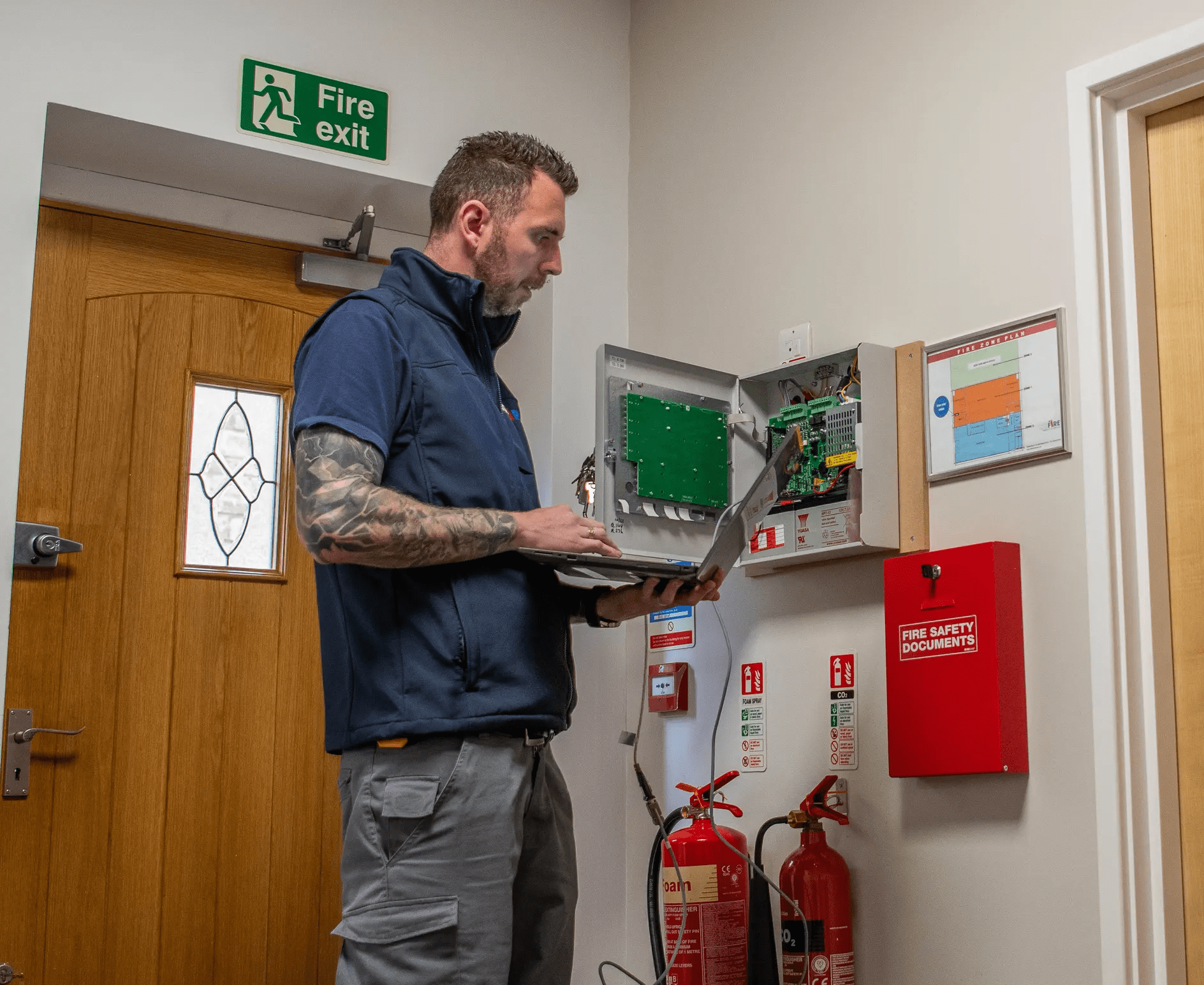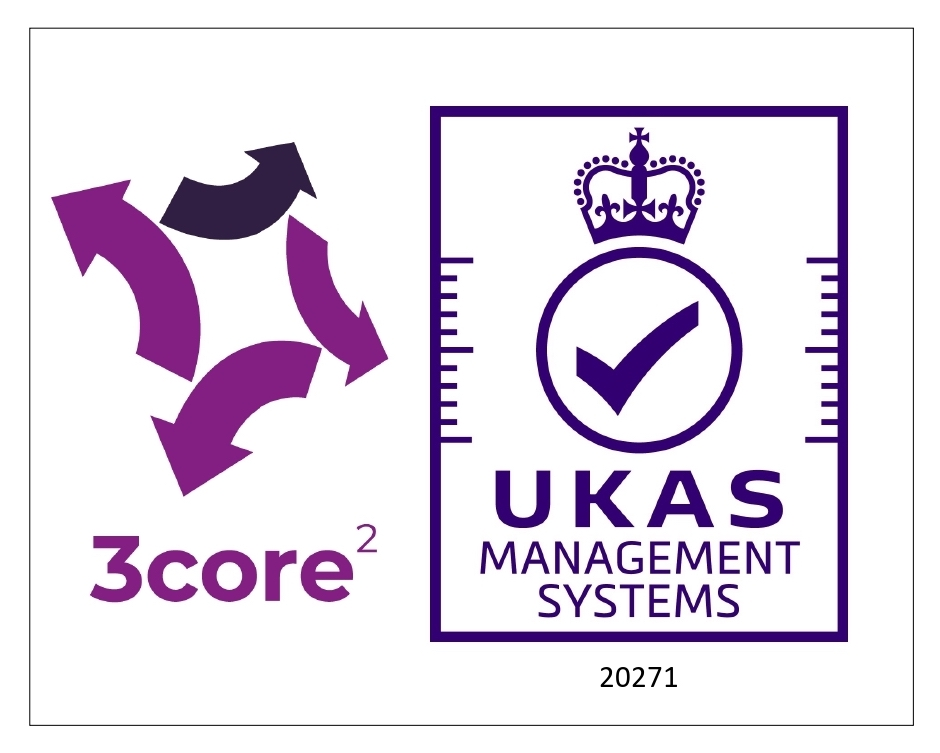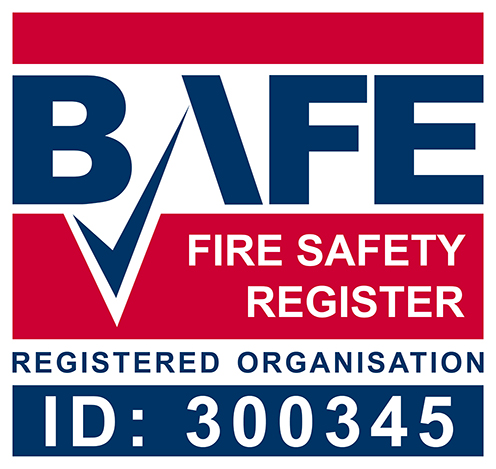Fire Alarm Installation and Maintenance.
Fire Alarm Systems are a necessary piece of infrastructure in any building, to protect both life and property. We have experience working with all types of fire alarm systems: wired, wireless, all open protocol. We evaluate the specific needs of each premises or facility, and determine the ideal system for your needs, chosen from a wide range of options.
Based in Northampton, Fire Alarm Systems (part of ISE Fire), established in 1993, has a proven track record of understanding each customer individually. We proudly serve the surrounding counties, ensuring no two customers are treated the same. If you need advice or services related to fire alarm systems in Northampton, Milton Keynes, Bedford, and beyond, get in touch with us today.
Book fire alarm service






